Bestseller
People of India: Maharashtra (Volume XXX, In 3 Parts)
Synopsis
The Anthropological Survey of India launched the People of India project on 2 October 1985 to generate an anthropological profile of all communities of India, the impact on them of change and development process and the links that bring them together. As part of this all India project the ethnographic survey of all communities of present day Maharashtra (305) was taken up in collaboration with local scholars. The results of the survey were discussed at the workshops held in pune and Mumbai in May 1986, and in Nagpur in September 1987 and November 1987. the formation of the identity of the people of Maharashtra could be traced to the 1st century B.C., that of the language to the 7th-10th century, and that of the territory to the 8th century, although in its present form it is first mentioned in the 13th century. Maharashtra has one of the largest concentrations of the communities in India spread over its six regions. Lying across the routes of migration of peoples and cultures from the prehistoric period onwards, Maharashtra has been described as the bridge between the north and the south, sharing with the first, its language and with the second, its kinship organization. In fact Maharashtra, Karnataka, and Andhra form a triad which has shared a great deal in history, polity, culture, and religion with Gujarat in tow. The Bombay Presidency as the hub of industrial and commercial enterprises has attracted immigrants from all over India. The identity of Maharashtra has evolved through history and is shaped by language, territory, dress including headgear, cuisine, a vigorous folk culture, local forms of religions, mingling of Sufi and Bhakti traditions etc. Marathi has been a rich language and literature, and now the dominant and defining language. There are 42 other smaller languages belonging to Austric, Dravidian, and Indo-Aryan language families, spoken by the local and the immigrant groups. The ecology of Maharashtra explains the presence of the Scheduled Tribes, nomads both pastoral and non-pastoral, fisherfolk, peasants etc. There is also a sizable presence of the Scheduled Castes, denotified tribes and minorities. The traits that stand out in Maharashtra are an extraordinary range of heterogeneity of social divisions, including gotra, totemistic clans among tribes and others, and phratry, of surnames linked with environment, devak exogamy, all explained by the major communities being autochthones. Other traits are a higher incidence of consanguineous marriages particularly with mother's brother's daughter, junior sororate, polygyny both sororal and n on-sororal, syncretism, a blend of orthodoxy and heterodoxy etc. maharashtra has been in the forefront of development including industrialization, with the highest per capita income, high female literacy, and low infant mortality. Family welfare has made an impact. However, there are disparities across territories and groups of people, poverty is widespread in the hinterland, particularly among the Scheduled Tribes, Scheduled Castes, and others.
Read more
95.40
85.86
$
106.00 $
Free delivery Wolrdwidе in 10-18 days
Ships in 1-2 days from New Delhi
Membership for 1 Year $35.00
Get it now and save 10%
Get it now and save 10%
BECOME A MEMBER
Books by the same authors
-
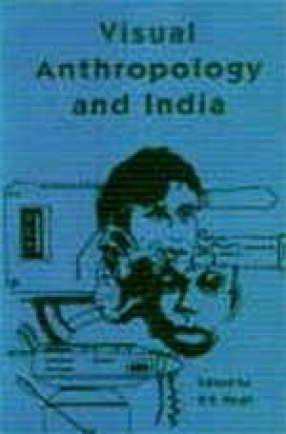
Visual Anthropology and India: Proceedings of a Seminar
-
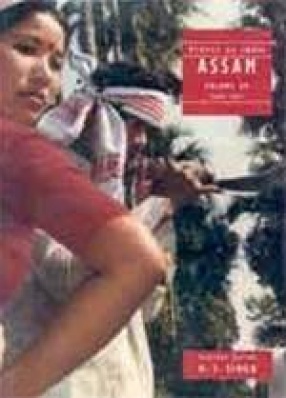
People of India: Assam (Volume: XV In Two Parts)
-
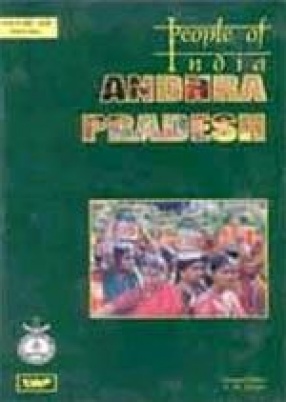
People of India: Andhra Pradesh (Volume 13, In 3 Parts)
-
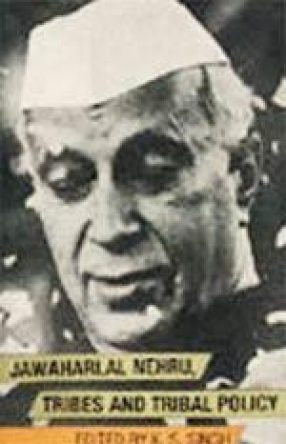
Jawaharlal Nehru, Tribes and Tribal Policy
-

Foreign Direct Investment and Economic Development: Essays in Honour of Dr. Manmohan Singh
-

Environmental Nanotechnology
-
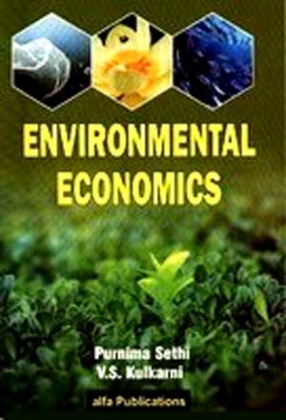
Environmental Economics
-

Environmental Pollution and Control

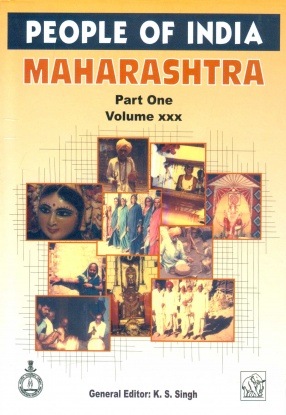

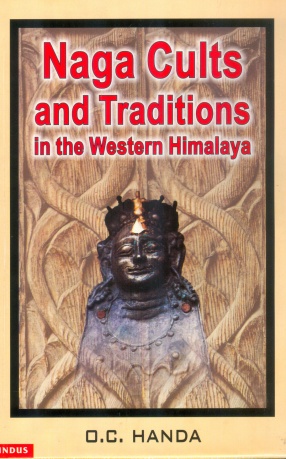
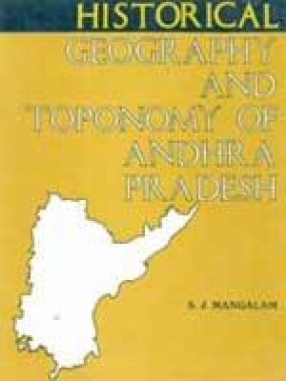
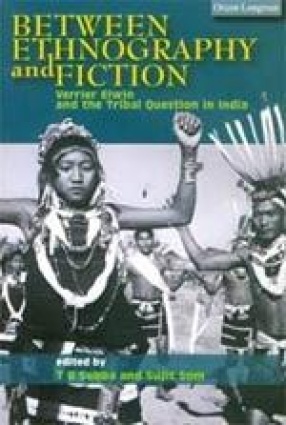

Bibliographic information
B.V. Bhanu
B.R. Bhatnagar
D.K. Bose
V S Kulkarni
J. Sreenath